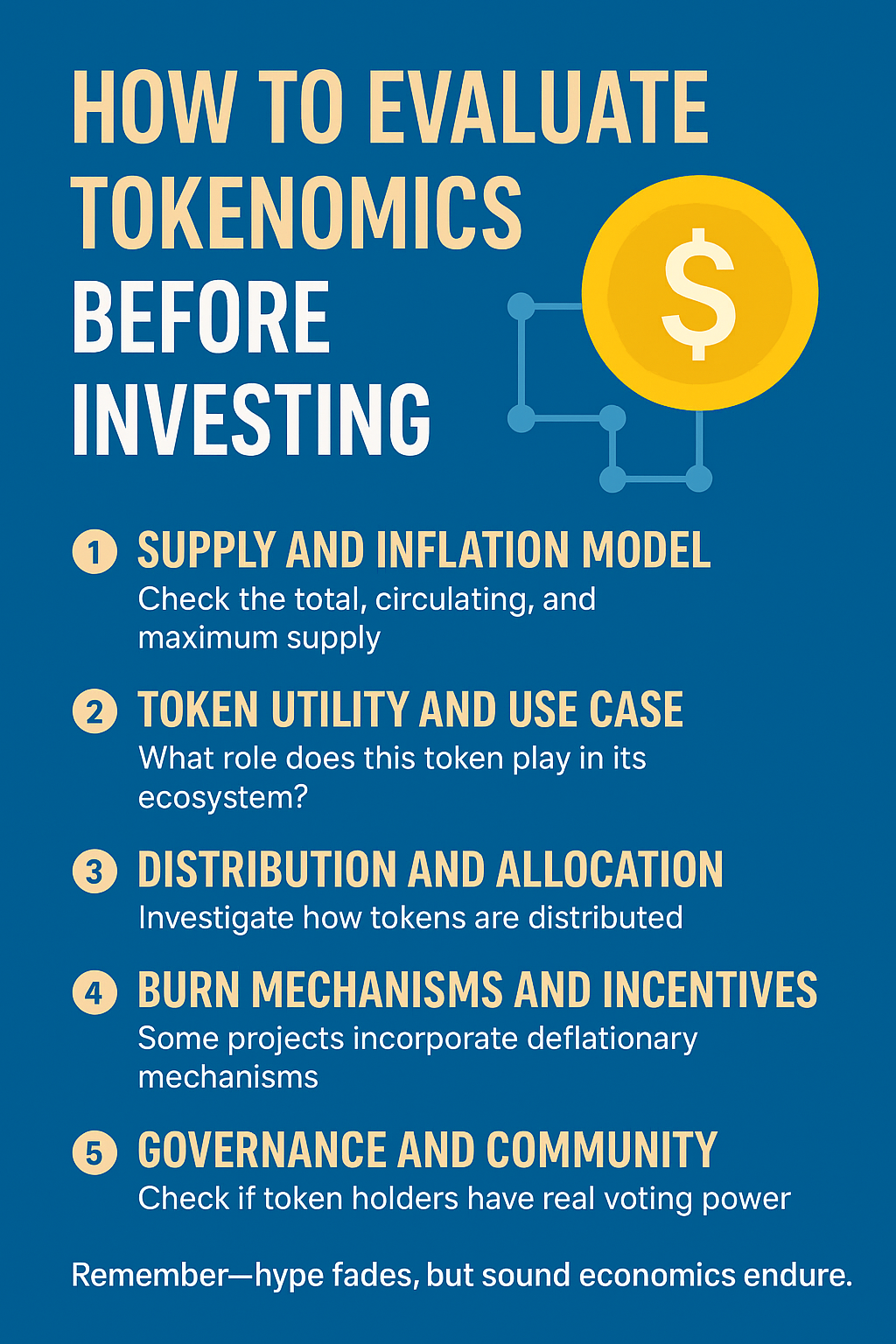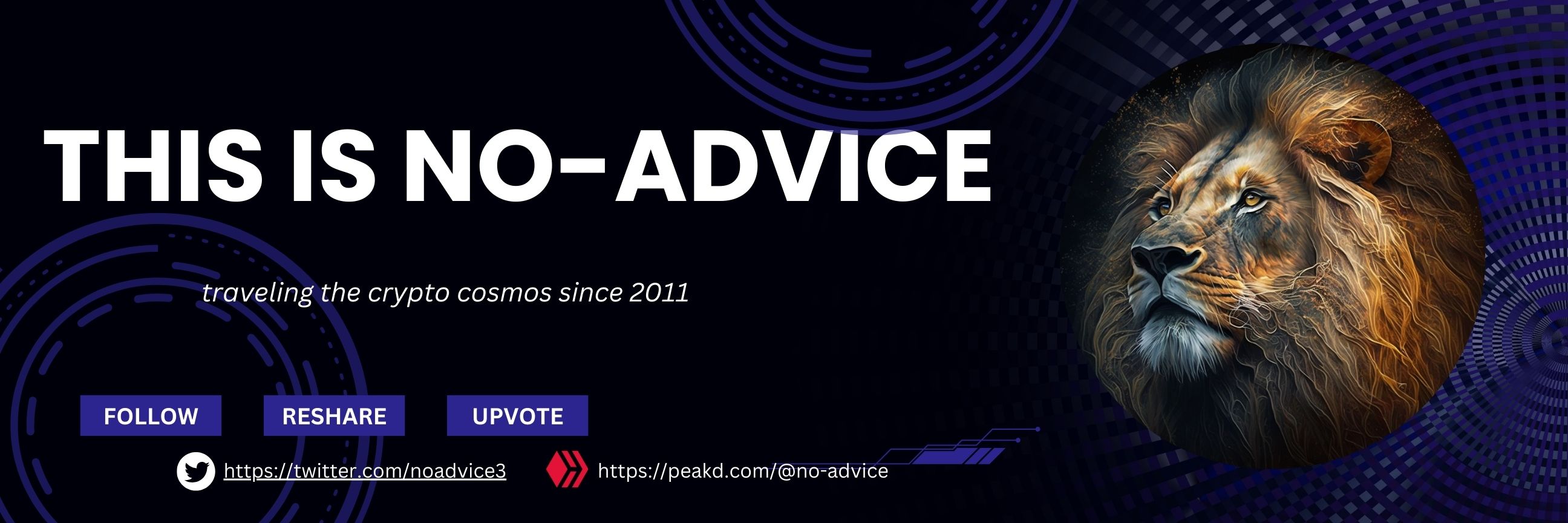
Understanding tokenomics — the economic design behind a crypto token — is one of the most important steps before investing in any blockchain project. A solid token model ensures sustainability, aligns incentives, and supports long-term growth. Weak tokenomics, however, can lead to excessive inflation, short-term speculation, and project collapse.
🔹 1. Supply Dynamics
Check total supply, circulating supply, and the emission schedule. Projects with unlimited supply or aggressive inflation often struggle to maintain price stability.
✅ Look for: deflationary mechanisms (burns, buybacks) or capped supply models that encourage scarcity and long-term value.
🔹 2. Utility and Use Cases
Ask yourself: What does this token actually do? Tokens should serve a real function — such as governance, staking, transaction fees, or access to platform services.
🚫 Purely speculative tokens without intrinsic demand are red flags.
🔹 3. Distribution and Vesting
Fair distribution is key to decentralization. Analyze how tokens are allocated between founders, investors, and the community.
📅 Vesting schedules prevent large holders from dumping on the market — always review these carefully.
🔹 4. Governance Structure
Projects that include on-chain voting or DAO participation give token holders real power. If governance remains centralized, investor influence is limited — which can be risky.
🏛️ Check whether token holders can propose and vote on key decisions.
🔹 5. Economic Incentives
Strong tokenomics balance rewards with participation. If rewards are too high, they attract short-term farmers. If too low, users lose interest.
💡 Sustainable models use gradual incentives that grow with ecosystem activity.
🧩 Building a Tokenomics Evaluation Routine
Here’s a step-by-step guide for conducting your own tokenomics review:
📘 Start with the Whitepaper Review official documentation for supply, use cases, and governance. 👉 Source: Project website or GitHub repository.
🔍 Verify Data on Market Trackers Cross-check numbers on leading aggregators. 👉 Sources: CoinGecko | CoinMarketCap
📊 Analyze Distribution Metrics Dive into token allocation, vesting details, and unlock schedules. 👉 Sources: Messari | DeFiLlama
🏛️ Assess Governance Participation Visit governance forums and DAO portals to measure activity. 👉 Sources: Snapshot.org | Project DAO pages
🔗 Monitor On-Chain Activity Check token holder concentration and movement trends. 👉 Sources: Etherscan | BSCScan
🧠 Pro Tip: Create your own tokenomics checklist and apply it consistently. Over time, you’ll learn to spot red flags — and identify projects built for long-term value.

Posted Using INLEO